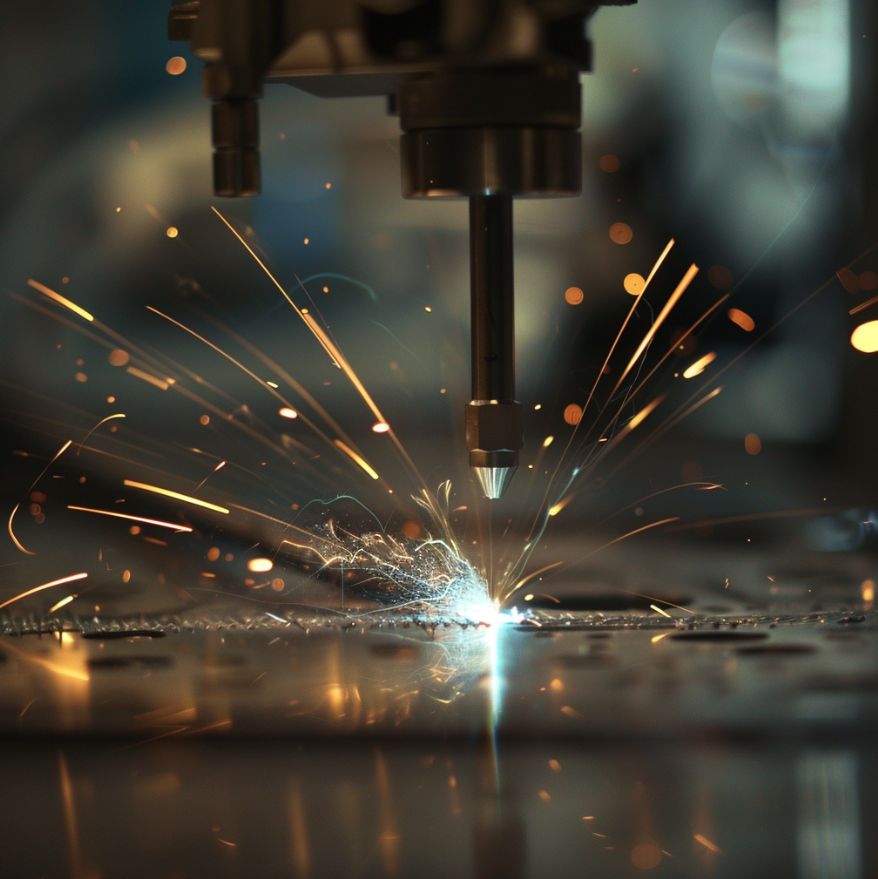

We’ve gone over the extreme heat, precision, and reduced distortion of electron-beam welding. But where is it being used in the real world?
Some of the major use cases for electron-beam welding include:
When it comes to precision welding, electron-beam and laser welding are two very popular options.
And yes, while both provide pinpoint accuracy and incredibly strong welds, there are a few key differences to keep in mind when determining which is right for your application.
Here’s a quick glance at a head-to-head comparison between electron-beam vs laser welding:
If you’re looking for more of a deep dive into how they compare:
On the other hand, lasers tend to have a smaller heat-affected zone, less distortion, and even fewer flaws in the material surrounding the weld.
A matter of cost. Electron-beam welding systems are more expensive, complex, and difficult to operate compared to most laser welding systems. While an electron-beam welder can cost over $500,000, a basic laser welding system may only be $150,000 — or less. Lasers also don’t need the ancillary equipment like vacuum pumps that electron-beam welders need.

Yes, electron-beam welding is very suitable for automation! The electron beam itself is generated and precisely controlled electronically, so it interfaces extremely well with automated control systems.
Let’s take a look at how this happens:
Automating electron-beam welding also provides several benefits:
Electron-beam welding might not be the sexiest welding process, but it has some excellent advantages.
Just remember that it needs a vacuum, has limited materials compatibility, and demands part fit-up.
And, while laser welding competes in some areas, electron-beam still shines in its niche.
As for automation? It’s going to be your choice.
If repeatability, higher production and throughput, safety, and 24/7 operation sound good to you, it may be the time to think about automating your welding processes!
Time to bring cutting-edge automation to your electron-beam welding process! Standard Bots' RO1 redefines Six-Axis robot arm tech, making it an ideal choice for ambitious fab shops and established businesses.
Our expert team is dedicated to guiding you through RO1's implementation for a smooth transition to its transformative capabilities. Experience it firsthand with our 30-day risk-free trial.